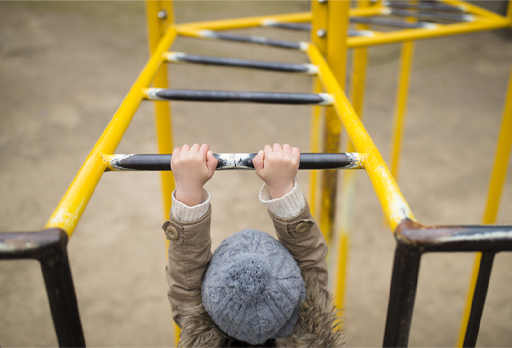8.2 Developing resilience
As you saw in Session 2, resilience is the ability to recover, or bounce back from adverse experiences. This means that we have a go at doing something and if we don’t succeed the first time, we try to achieve the same goal, but perhaps approach it in a different way.
Children can develop emotional resilience following exposure to risky or stressful events; however, their ability to ‘bounce back’ is increased with support from those around them. So, if children develop resilience when faced with exposure to risk and stress, it follows that if they are protected from all such events (i.e. they are ‘wrapped in cotton wool’), they may not have opportunities to develop emotional resilience.
However, it is not only emotional events that can help to build resilience. Giving children opportunities to take part in risky play helps to build resilience because they learn to assess risks.

